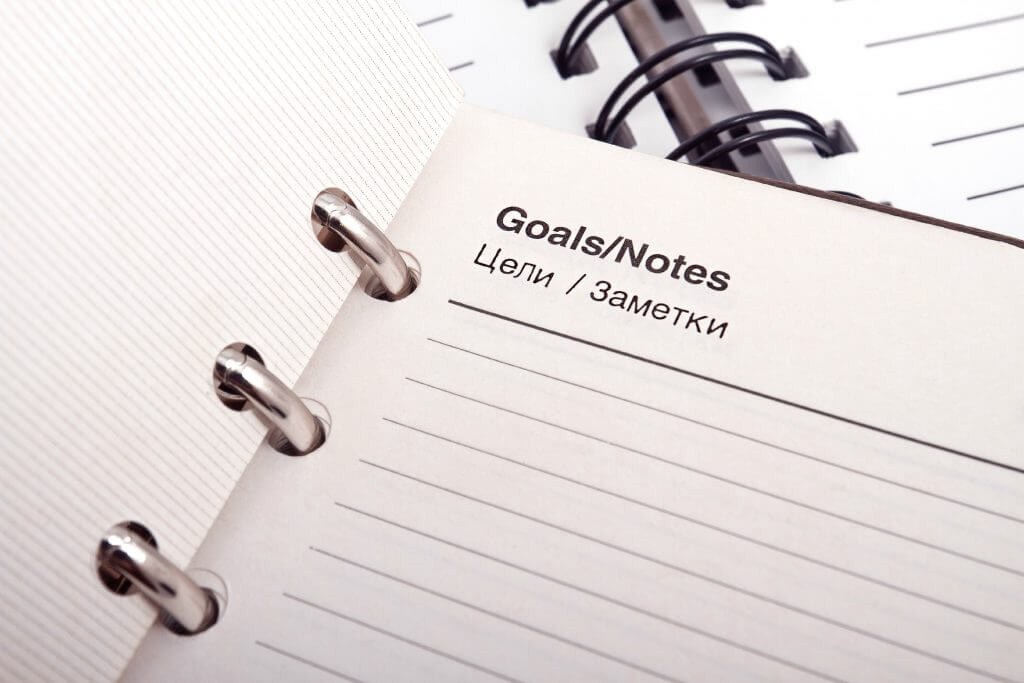5 Tips For Setting Meaningful and Achievable Goals

Pool closures as a result of the coronavirus pandemic have brought training to a halt all across the country. Without practice or upcoming meets, setting meaningful goals gives purpose to continue training in other areas during this uncertain time.
It can be easy to look at this pandemic situation and think it’s not worth it to train, because any sort of competition is so far in the future. In order to stay motivated in cross-training or dryland that has temporarily replaced swimming, setting meaningful goals is critical. Holding yourself accountable for workouts can take many forms, such as checking in with your teammates or making a schedule. Goal setting, however, is a quantifiable way to measure your progress and success.
The following are some tips for setting meaningful goals:
Make it something you can measure
If you’re working on running, set a goal for a faster mile time or a distance you want to run. “Getting better at running” is not an effective or measurable goal. The quantifiable aspect of a goal can become the most satisfying part, especially being used to a quantitative sport where our success is measured in time.
Give yourself a deadline
Set a deadline for your goal, and test yourself on this date. This is the “meet” you are working toward every time you workout. The amount of time you give yourself to reach the goal depends on its challenge level. Testing yourself every week can be a good place to start figuring out what would be a reasonable deadline.
Give yourself a “pre-test”
If you want to get better at an exercise or activity, you need to see how good you are currently. Time yourself running a mile, count your pushups, or measure your vertical jump height. Knowing your starting point is critical to setting a reasonable but effective goal.
Make it reasonable
This means making both your goal and your deadline reasonable. If you aren’t sure what would be a reasonable goal for a certain exercise, don’t worry. There is not a science to making the perfect goal. Start small, and once you reach that goal, set another one. As you continue to work through your goals, you will get a better sense of what is reasonable for you and how long it might take you to get there.
Don’t get discouraged
If you miss your goal time in a meet, you would reflect on what went wrong in that race and work on those aspects in practice. Let yourself do the same thing with running, biking, or the number of pullups you can do. If you don’t make your goal, make a plan to continue moving forward, and set a new deadline.
The idea of setting meaningful goals outside of swimming is to help motivate yourself to get stronger and stay in shape. When the pools open back up and practices start again, setting effective goals for swimming will be equally important, especially because it will be even longer before meets are scheduled.
Through all of this change and times where training may be inconsistent, having a positive attitude will go a long way. No one has an ideal training situation right now, and the people who will come out of this time ahead will be those who stayed optimistic and motivated throughout. Doing your best to train out of the pool will help you feel more “in shape” when you start regular practices again. We are all looking forward to setting swimming goals instead of dryland or cross-training goals for the future.



